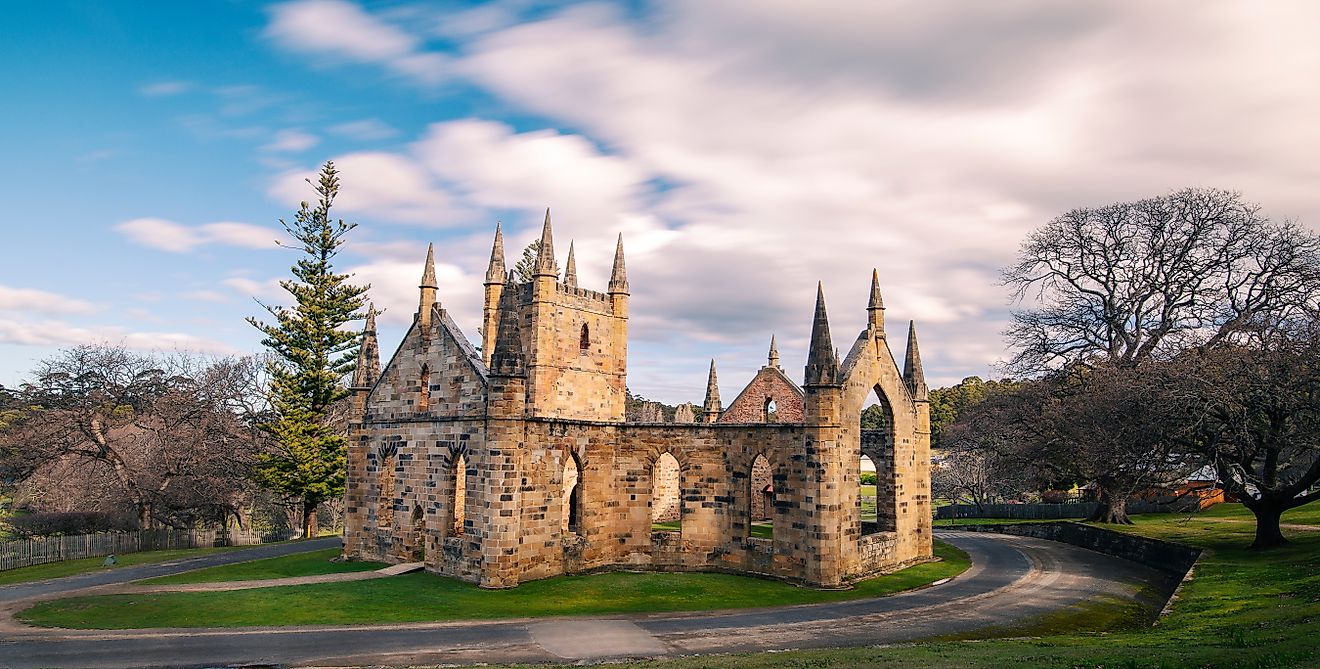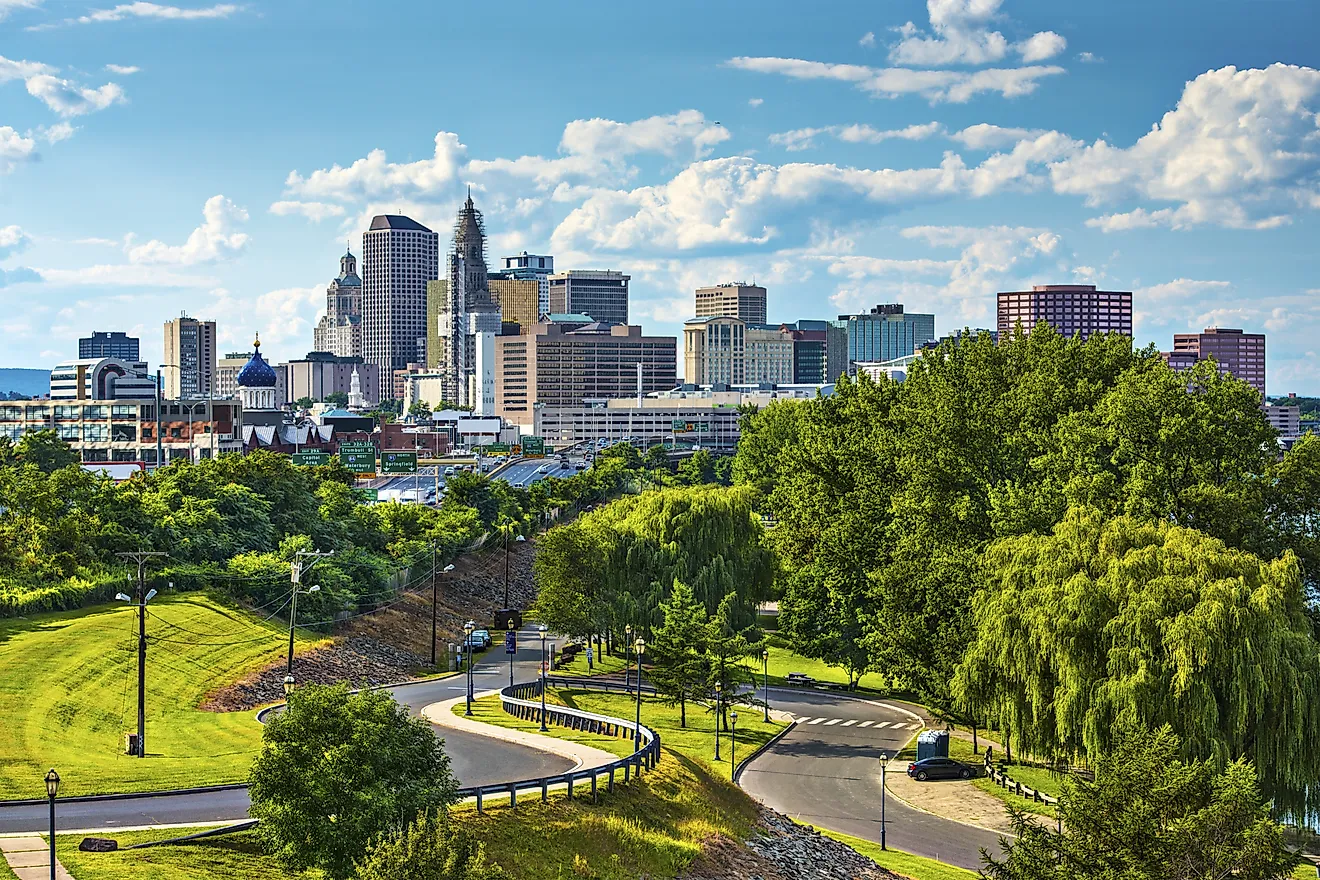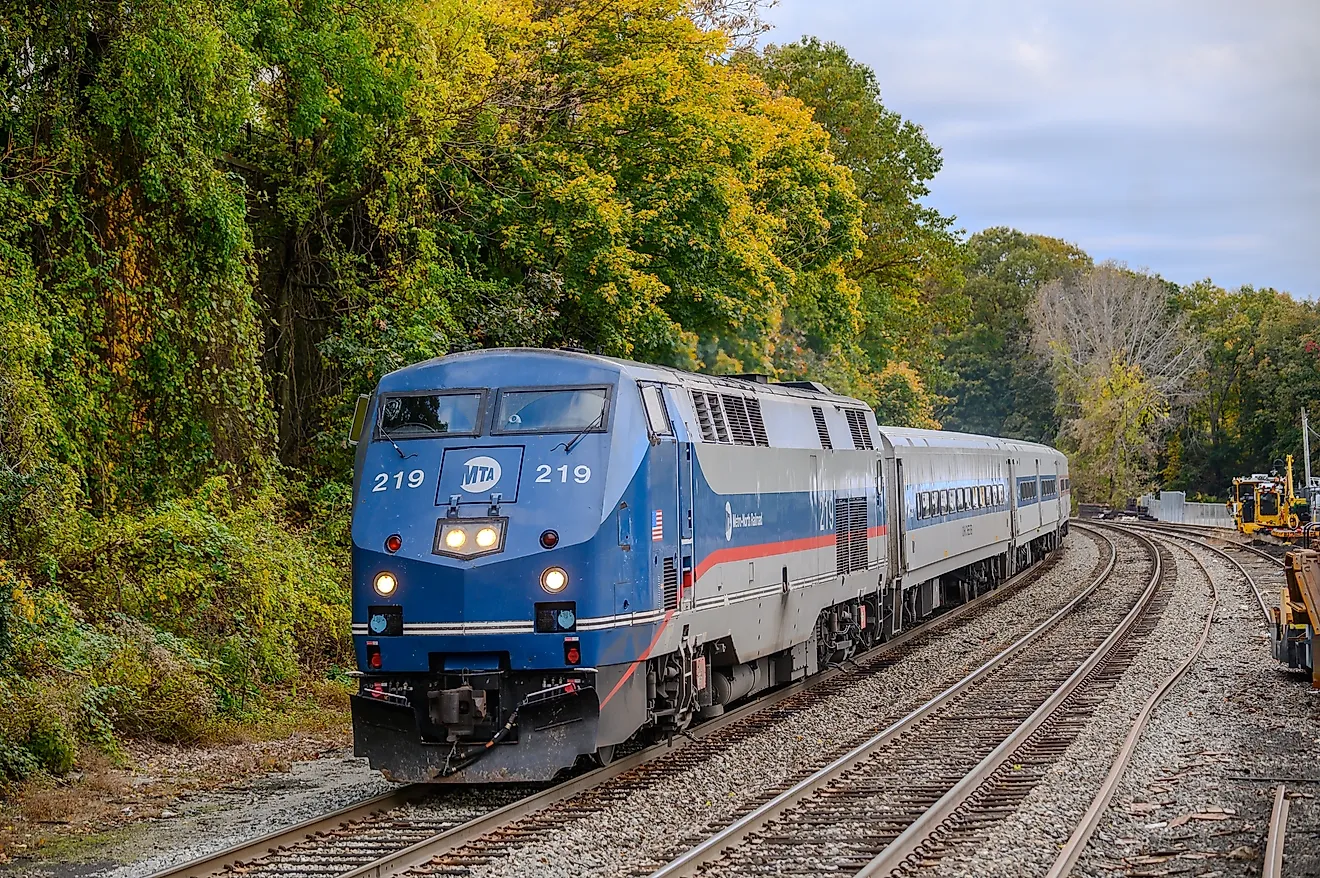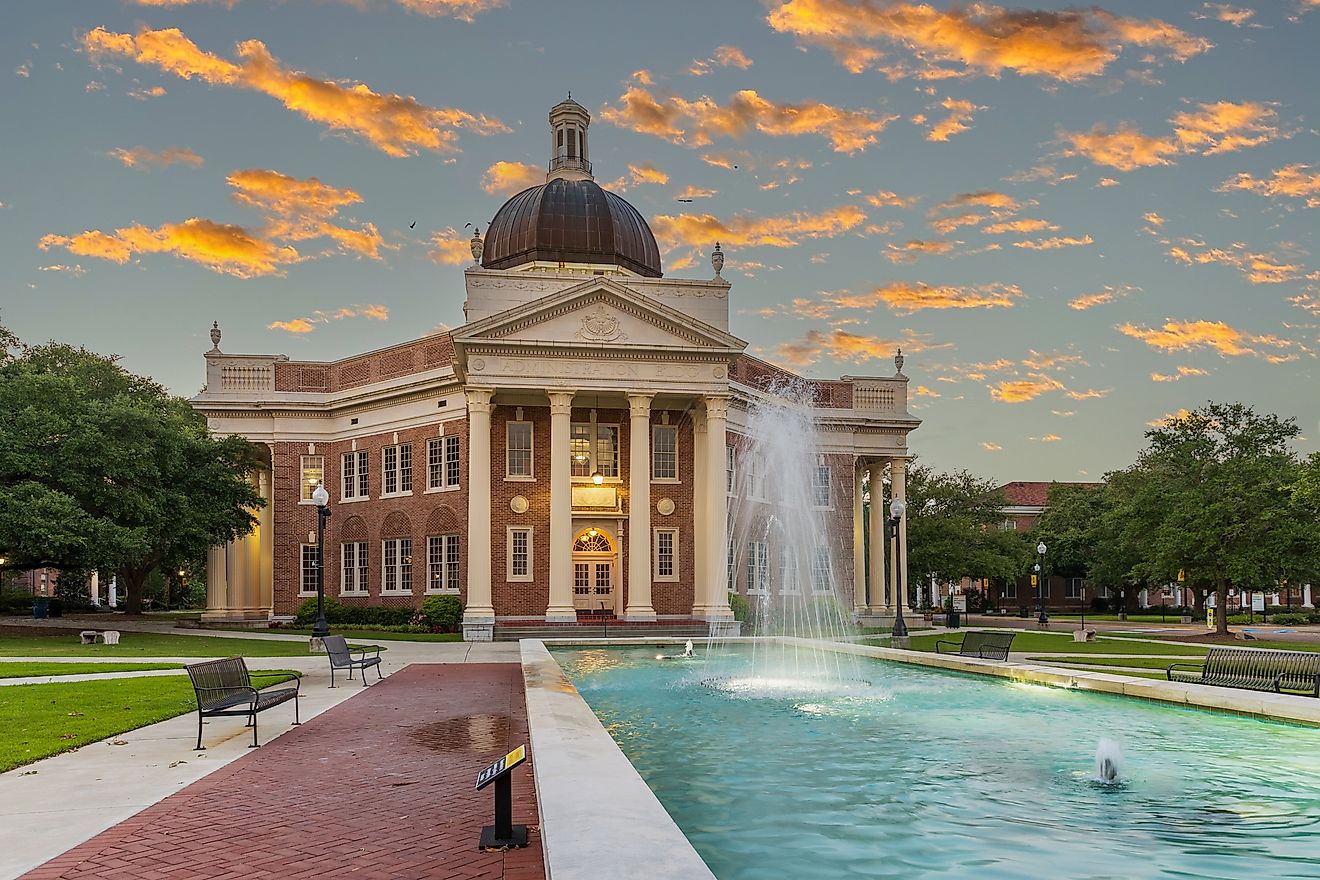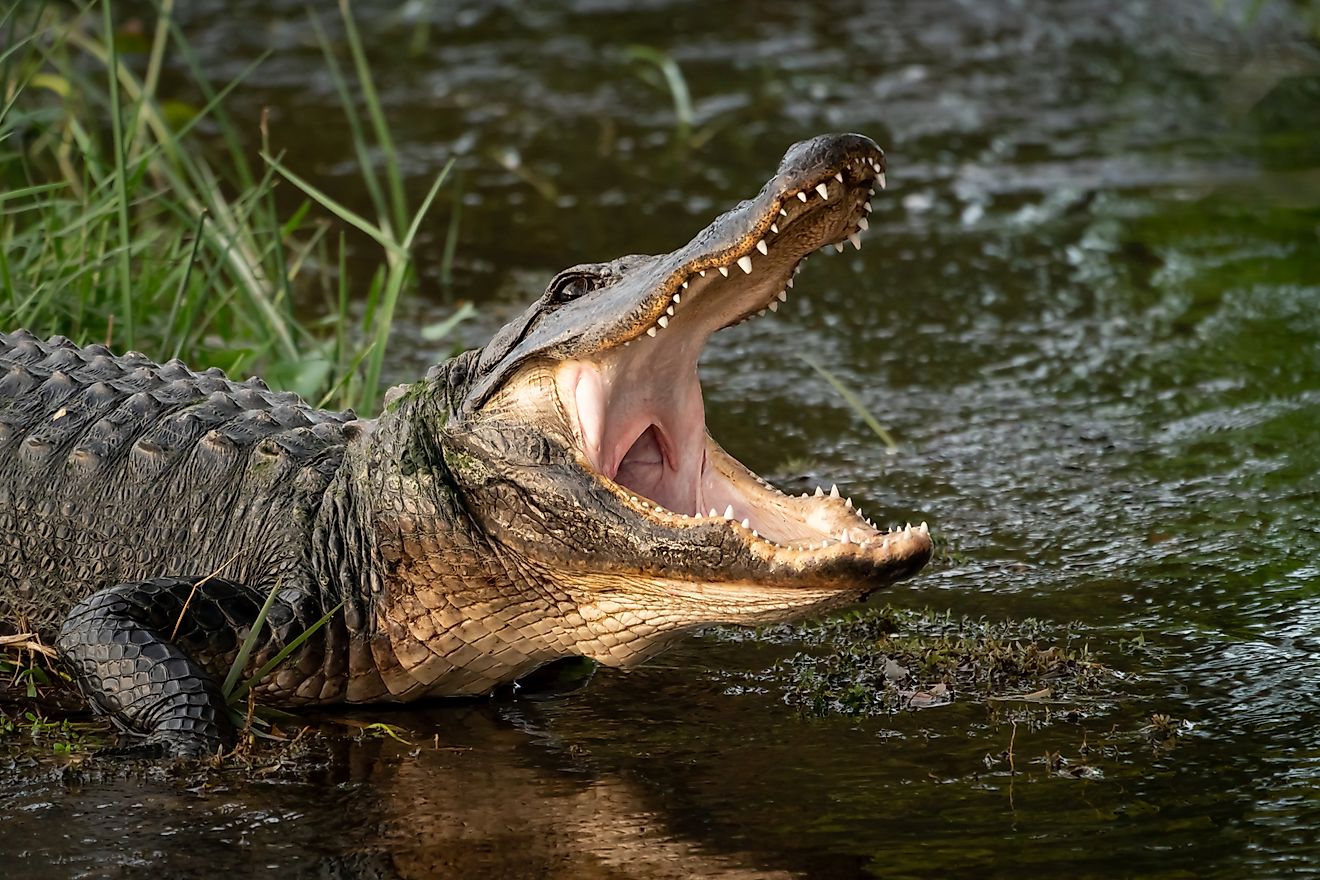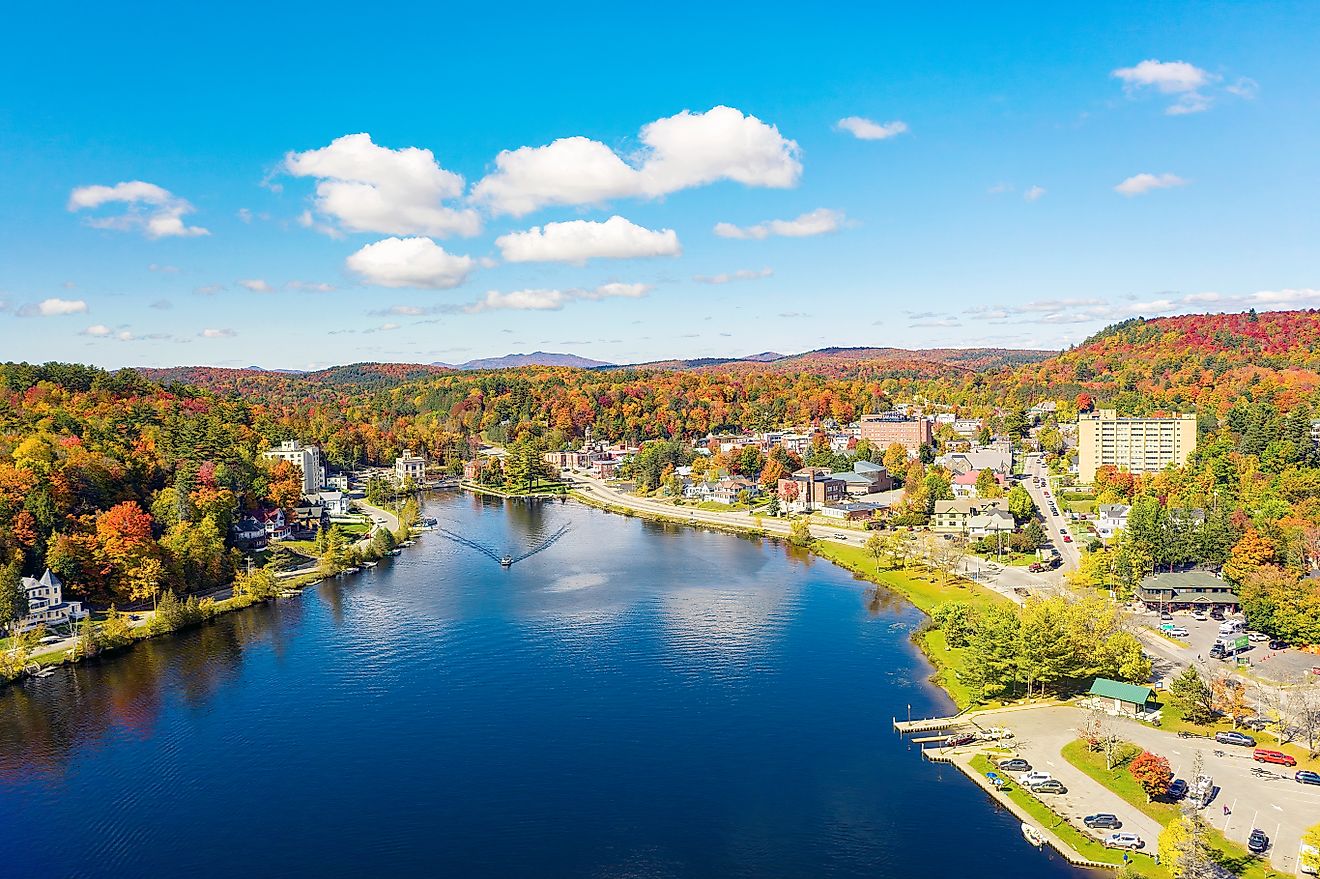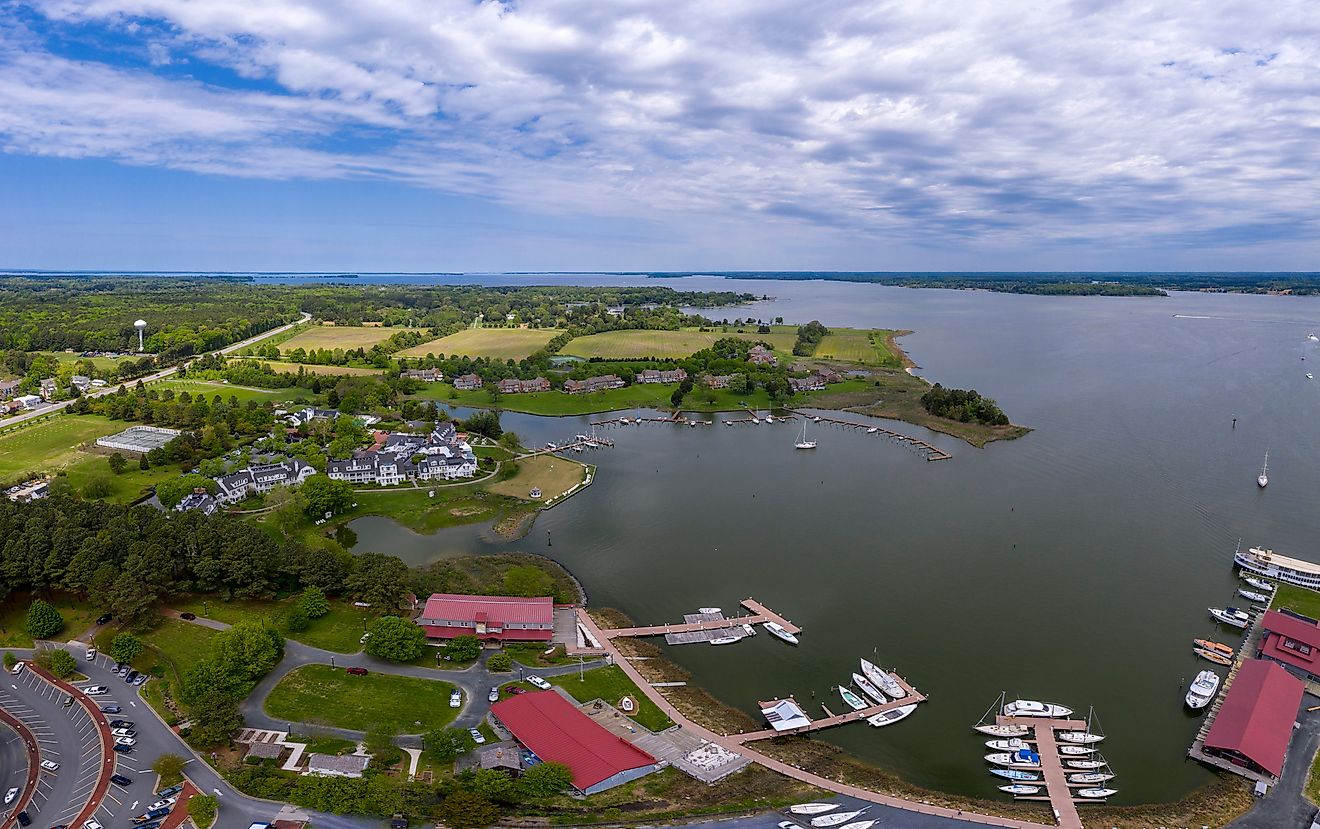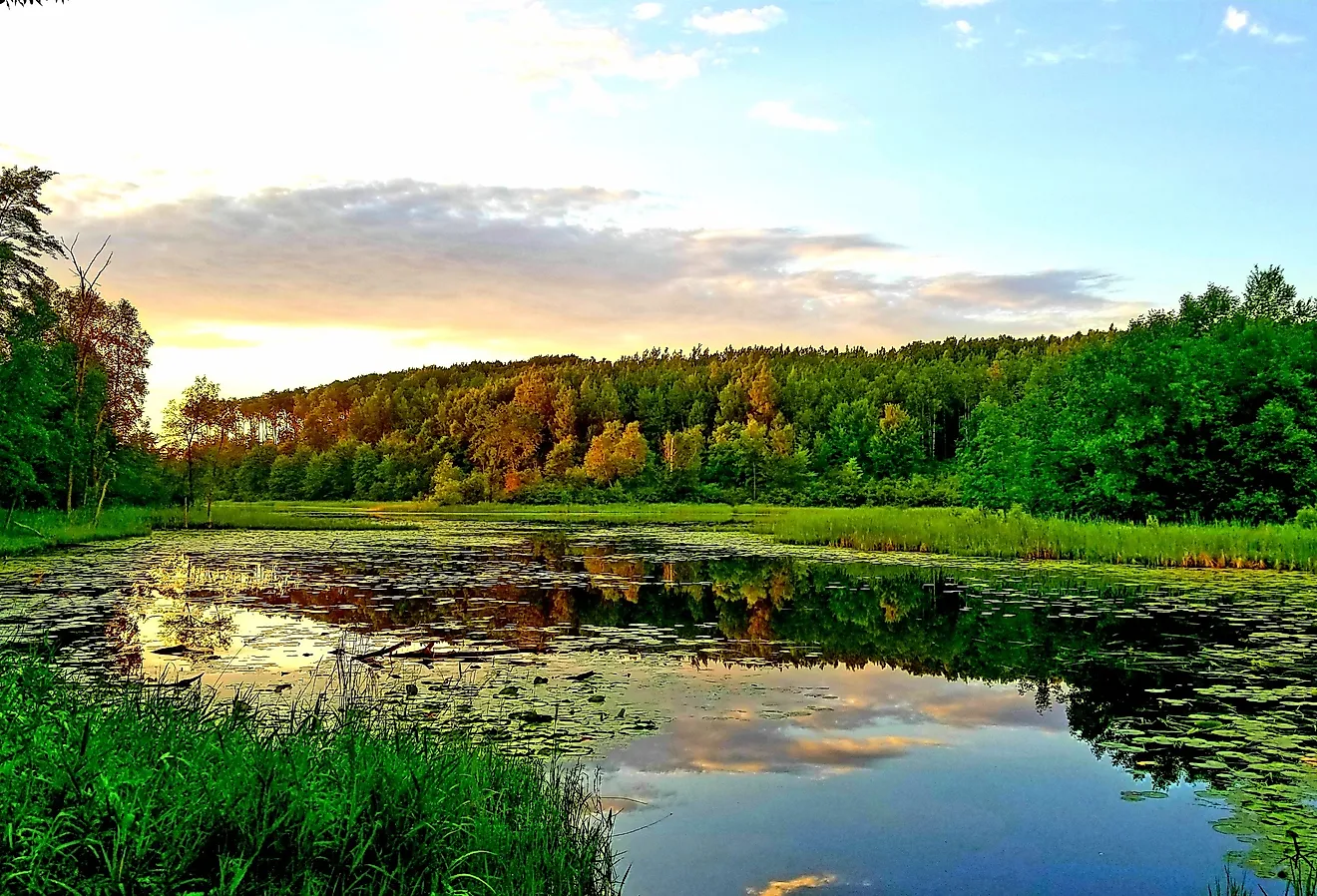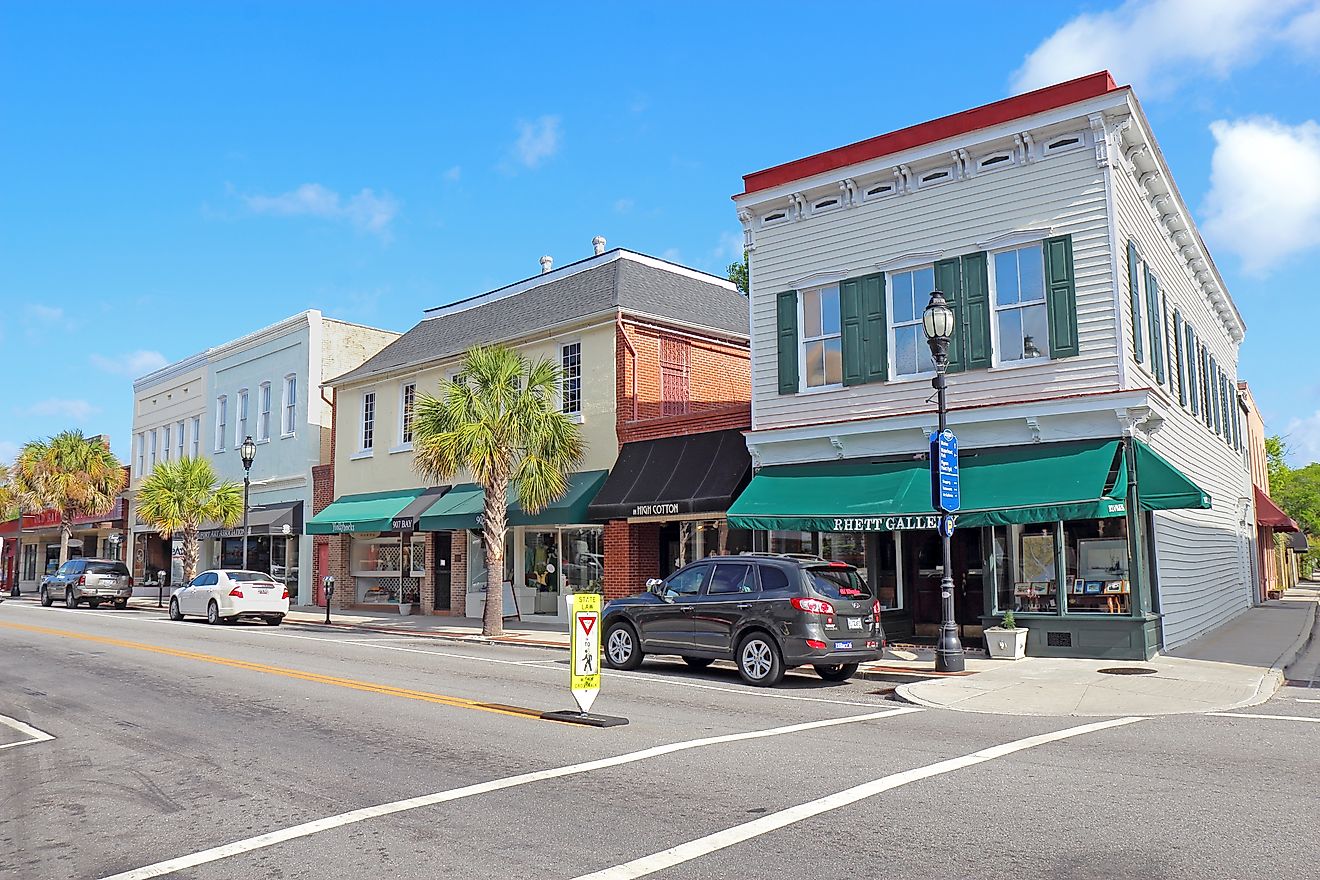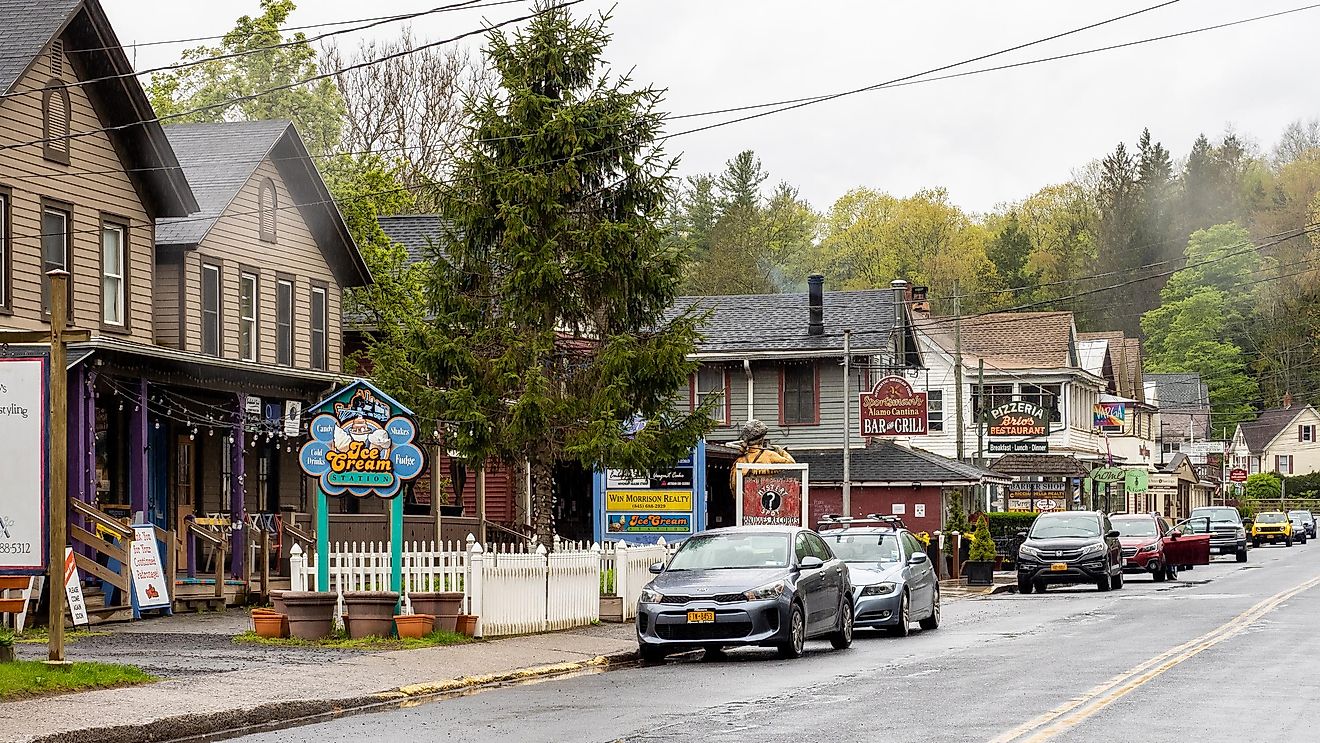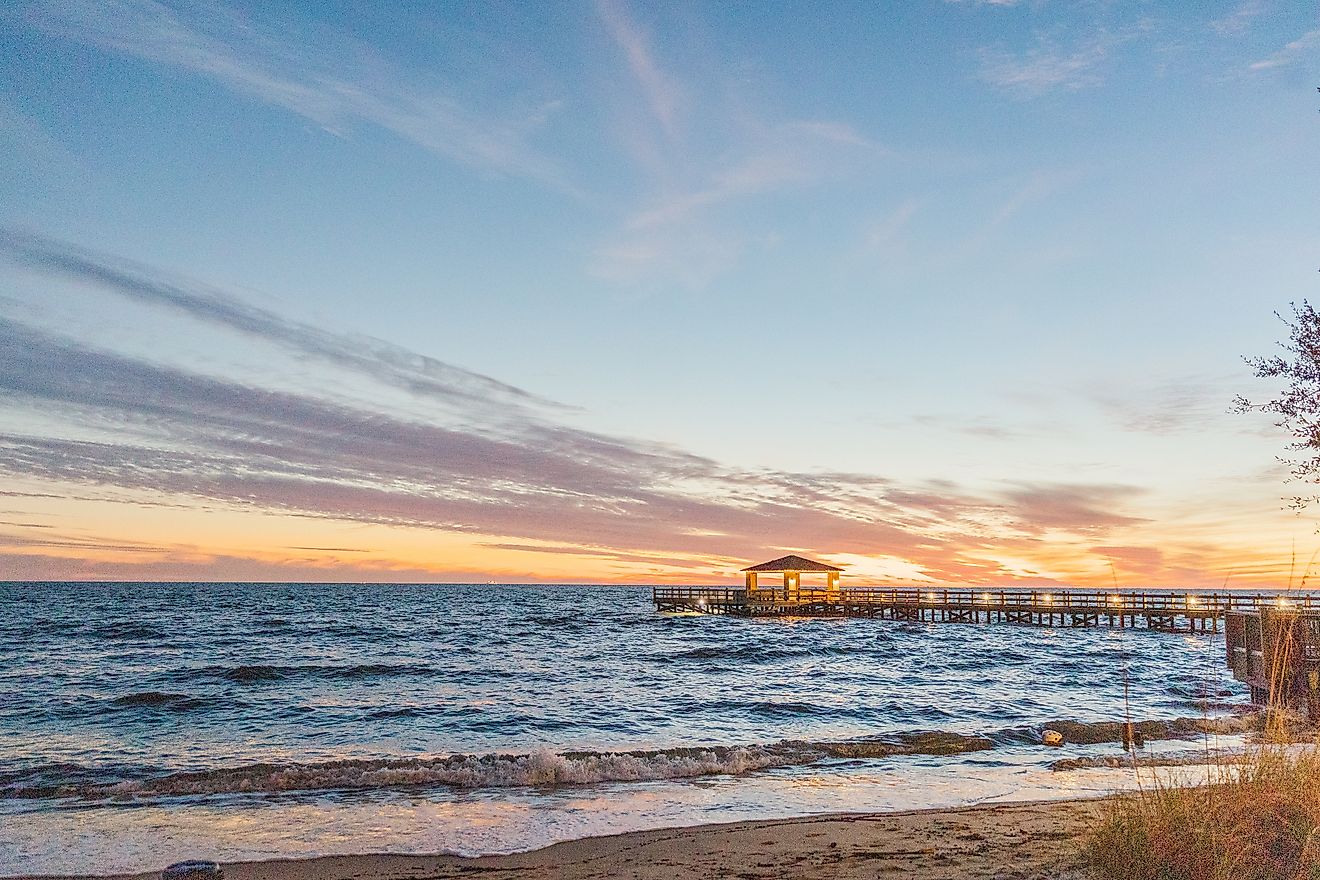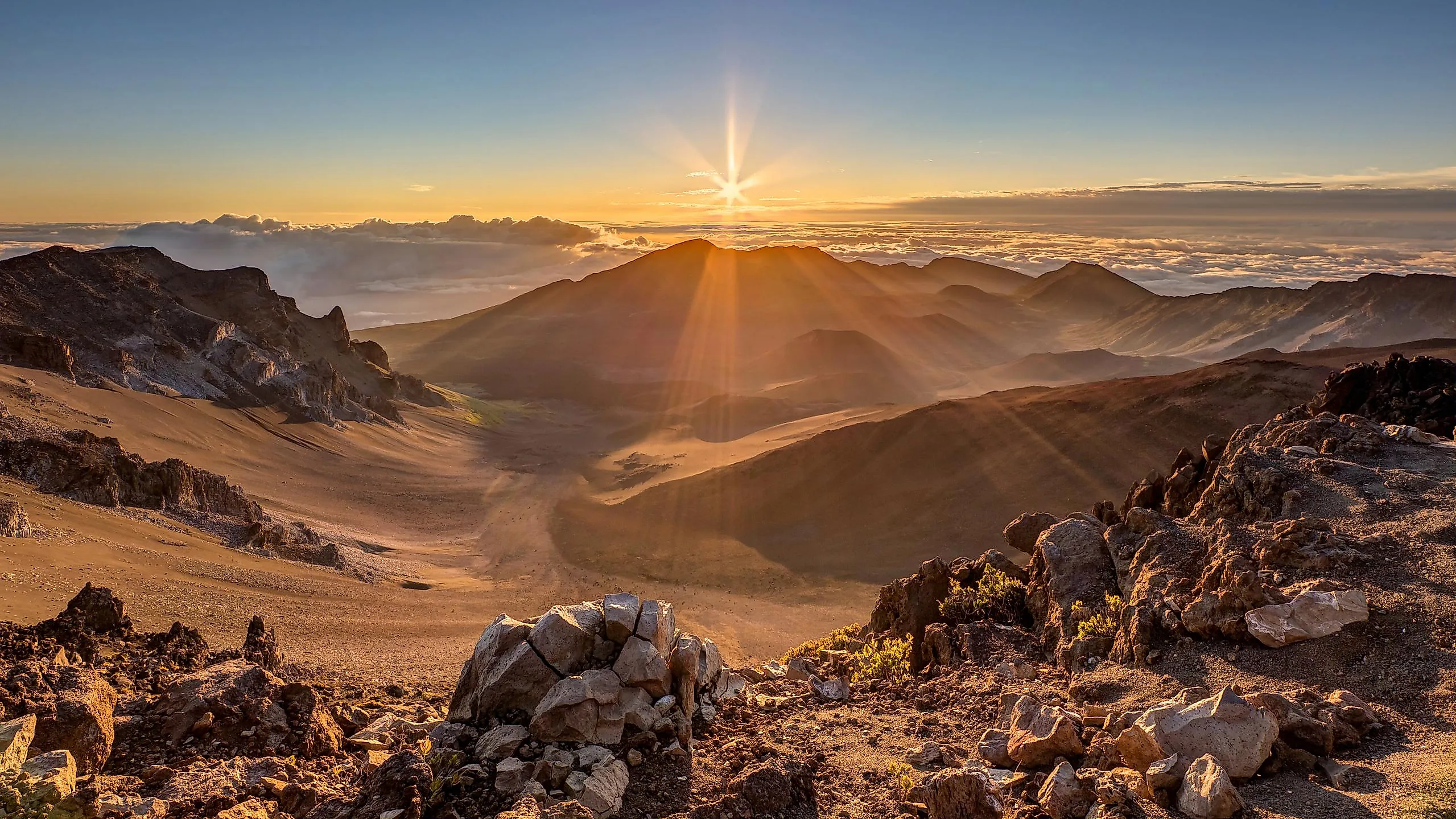
Haleakalā National Park Offers A Sunrise Above Clouds Overlooking A Volcanic Crater
Hawai'i is far more than palm-fringed white-sand beaches. Although its popular image plays up the tropical paradise you’ll see at sea level, the state of Hawai'i is a chain of volcanic islands where the influence of that volcanic activity is still very visible today. And if you want to experience a very different side of a surprisingly diverse destination, this national park is full of surprises.
Haleakalā National Park, on the island of Maui, lacks all the features visitors commonly associate with Hawai'i. Here, you’ll find no fragrant rainforest, no gently-lapping waves, and not even any lava. If you want to feel like you’ve landed on an alien planet, its stark volcanic landscapes are your best earthbound substitute for a trip to Mars. And although this fascinating park is most famous for its spectacular views of the sunrise, there’s a lot more to its seemingly barren landscape than meets the eye.
How to Build an Island, Or: a Brief Introduction to Haleakalā Geography
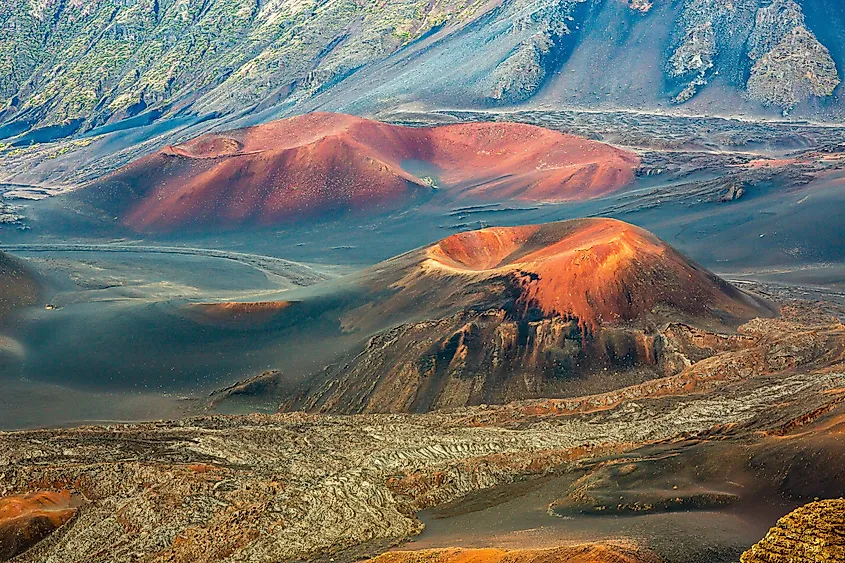
Eons ago, the spot in the central Pacific Ocean where you’ll now find Hawai'i had a stroke of luck. The reason this land mass exists in the middle of the sea is that this was once the location of a hot spot, where liquid magma pummeled through the earth’s crust and shot to the surface to form a volcano. Over millions of years, it spewed enough molten rock to start forming a chain of islands as it slowly crept northwest. All five major Hawaiian islands were formed this way, and although the hot spot has drifted, it’s near enough that several islands still have active volcanoes. One of those is the island of Maui, where you’ll find the 10,023-foot shield volcano known as Haleakalā, which means House of the Sun.
But even in a place where active volcanoes aren’t unheard of, this is a pretty special one. Though much of it is underwater, Haleakalā measures over 28,000 feet from the sea floor to the summit. It may once have been as much as 5,000 feet taller, and it’s so heavy that the earth’s crust can’t support it — that’s right, a volcano can sink.
But what exactly will you find at a National Park centered on a volcano? That depends on the altitude.
Haleakalā’s summit is extremely exposed, so any life forms that inhabit the higher altitudes of the mountain have to be able to brave both moist and dry air currents. This alpine aeolian zone looks fairly barren, but it’s home to unique plant life like the silversword (more on that later). Then, as you ascend the mountain, you’ll mostly see shrubs, as low-lying local plants predominate. This is the best place to spot the nēnē, or Hawaiian goose.
Finally, the lower slopes of the volcano are home to the island’s characteristic tropical rainforest. If you’re exploring the island, you may recognize the lower slopes and their forests as typical of Eastern Maui, with its immense annual rainfall, at sea level.
A Haleakalā History Lesson
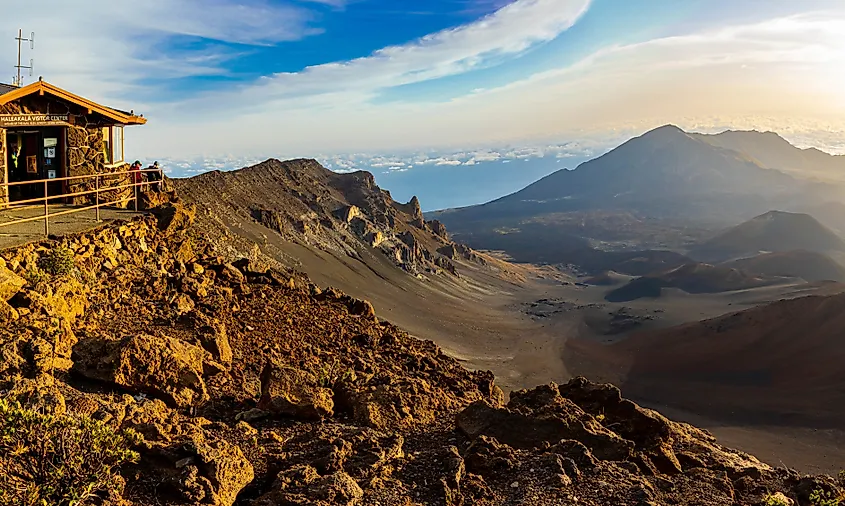
Haleakalā’s eons-long geological history makes it easy to overlook its much, much shorter human history, but it’s essential to what makes this park so unique. As the most isolated chain of islands on earth, Hawai'i wasn’t settled by human inhabitants for quite some time. It wasn’t until somewhere between 0-1000 AD that Polynesians were able to make the perilous crossing to Hawai'i. Once they arrived, however, it didn’t take long for Hawaii’s new inhabitants to reach Haleakalā.
Haleakalā then came to play a significant role in Hawaiian culture. Many of the most famous and significant ancient Hawaiian legends are linked to the mountain, and the lowlands were once the site of a bustling community called Kīpahulu. Owing to its religious significance, Haleakalā is still used in traditional Hawaiian rites today, and parts of the park are exclusively reserved for such uses.
As a National Park Service facility, Haleakalā’s history is even shorter. After the U.S. annexation of Hawai'i in 1898, it took less than twenty years for the mountain to gain its National Park designation, jointly administered with what is now Hawai'i Volcanoes National Park (located on the Big Island of Hawai'i) as Hawai'i National Park.
The Great Depression brought the Civilian Conservation Corps, which built many of its present-day facilities, to the park. It was closed to the public in the early years of World War II to be used for military purposes. When Hawai'i became a state in 1959, the park already had a long and storied past, and this was officially recognized in 1961, when the former Hawai'i National Park was split and Haleakalā National Park became a unit of its own. Since then, the park’s boundaries have been extended several times. Also notable was the reintroduction of the nēnē, an iconic symbol of the state that had become locally extinct. Reintroduced beginning in 1962, the species is now thriving within park boundaries.
Just Haleakalā Things: Iconic Park Features
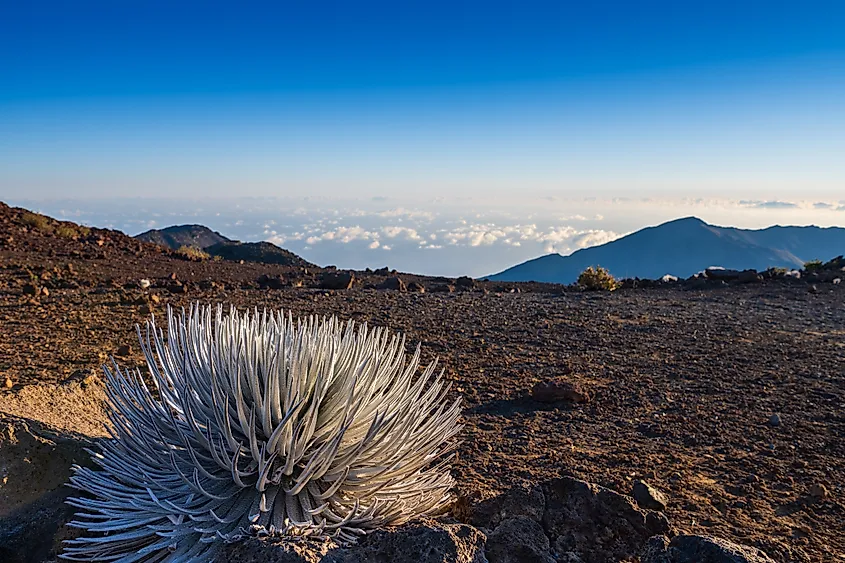
Although it’s a fascinatingly diverse park, visitors to Haleakalā almost all come for the same reasons: sunrise above the clouds and silverswords gleaming on the volcanic crater. It’s the otherworldly summit district that attracts adventurers from all over the world. So while there’s plenty of adventure to be had in the lower-elevation districts of the park, it’s the summit that deserves the lion’s share of the focus.
The single most iconic Haleakalā sight is not one of its natural features. If you’ve heard anything about this park, it’s probably that you’ll struggle to find a more breathtaking sunrise anywhere in the world. The clear vantage point of the summit makes for an absolutely stunning view, and it’s become so popular to trek up the mountain for sunrise that the park now requires reservations to enter between 3-7 a.m.
Another found-nowhere-else feature of the Haleakalā crater (which is actually a valley, not a volcanic crater) is its plant life. The park is home to over 850 plant species, 300 of which are only found in Hawai'i. Every ecosystem in the park is home to a unique set of plants perfectly adapted to the ecological niches present at that altitude. And because plants that reached the Hawaiian islands found no competition when they arrived, protective adaptations like thorns are conspicuously absent. Visitors with even a slight interest in botany could choose no better national park to visit.
A standout among Haleakalā’s many unique plant species is the silversword. Don’t be fooled by its pompom-like appearance; the silversword, or ‘āhinahina, is a true survivor. They can live up to 90 years in the scorching heat and relentless exposure of the Haleakalā summit, and tough out just about anything this unforgiving environment throws at them. They’re not the most flashy, but to those in the know, the silversword is one of the most remarkable sights in the park.
Things to Do
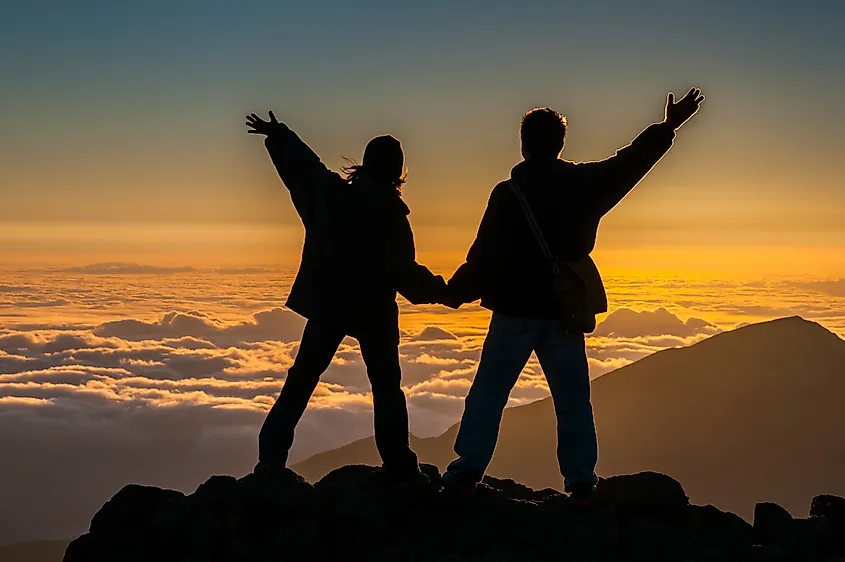
Watching the sunrise is the single most popular activity in this park. Although the 3 a.m. alarm required to make it up the mountain in time and the cold morning weather at the summit can test the mettle of even the earliest risers, the reward is unbeatable. Just be sure to make a reservation for your vehicle, available up to 60 days in advance, and bring plenty of warm clothes. This may be Hawai'i, but don’t plan on turning up in your beach gear.
If you’d like to witness a beautiful view without the hassle or the crack-of-dawn wakeup, sunset is also spectacular at the summit. Though reservations aren’t required, you’ll have to be early to secure a parking spot; the National Park Service recommends arriving 2-3 hours before sunset. Savvy planners can also make time to stay for stargazing in the park. With an elevation above 10,000 feet, an isolated location, and no light pollution to speak of, it’s bound to be some of the most spectacular stargazing you'll ever do.
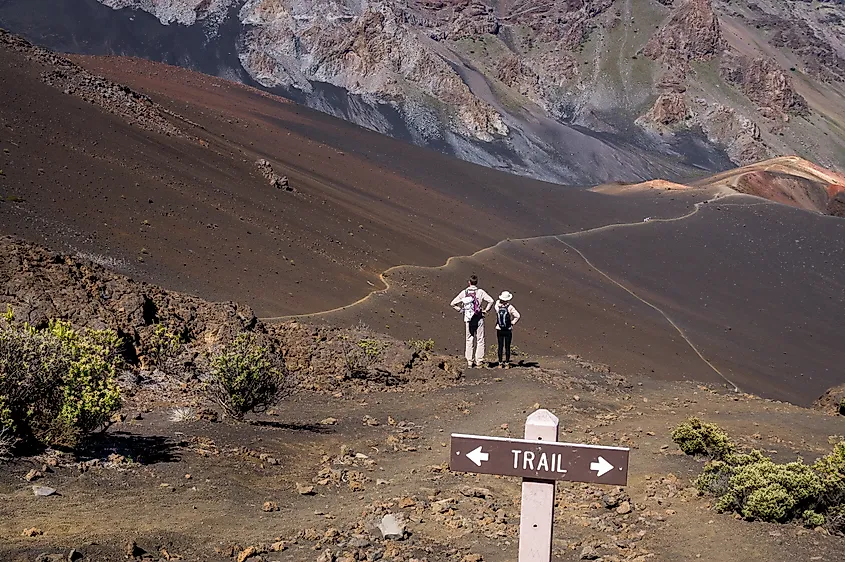
And although hiking is a little more tiring at 10,000 feet than you may be used to, there are plenty of options for all skill levels. On the easier end, those who are nervous about hiking long distances at altitude can take the .4-mile Pā Ka’oao trail for views of the crater. If hiking to the bottom of the crater at a slightly lower altitude appeals to you, the Halemau’u Trail is just over a mile to an overlook and not quite as high as the summit district’s hikes, or you can continue on to the crater floor, keeping in mind that what goes down must come back up. The return is fairly strenuous, gaining 1400 feet in just a few miles. The 11-mile Sliding Sands Trail will give you the best chance of spotting silverswords and the most comprehensive experience of the otherworldly summit district.
Finally, campers will be happy to know that it is indeed possible to spend the night on the slopes of Haleakalā. A drive-up campsite is available in the Summit and Kīpahulu districts, though reservations are required. Two additional backcountry sites accessible only on foot are also available with a permit. Or, you can try your hand at booking one of the three historic cabins located in the crater, though reservations open six months in advance and sell out quickly. As a rule of thumb, if you have any interest in camping at Haleakalā, you’d better plan several months ahead.
Another World
Think of Hawai'i and you probably imagine yourself lounging on a beach, trekking through a lush rainforest, or swimming above a vibrant coral reef. But that’s hardly all that’s unique about the world’s most isolated island chain, and Haleakalā is the perfect place to experience just how multifaceted Hawai'i can be. With proper precautions to account for the weather and altitude, Haleakalā can be one of the most rewarding national parks to explore. So, why not set that calendar alert, make that reservation, wake at 3 a.m., and get yourself up the mountain for an experience you won’t find anywhere else?
